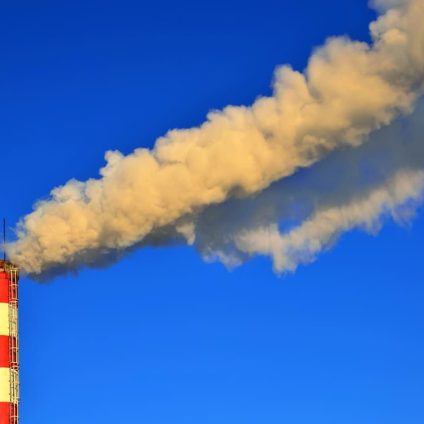CO2 emissions rose sharply in the U.S. and Europe in early 2025, offsetting China’s drop driven by renewable energy growth.

For the first time, renewable energy growth has enabled China to reduce its CO2 emissions despite a rapid rise in energy demand. Once considered the world’s largest carbon emitter, China recorded its biggest quarterly drop in emissions since 2020 during the first three months of 2025.
But this positive performance wasn’t enough to lower global levels. CO2 emissions remained high, largely due to increases in the United States and Europe. According to Reuters, citing data from Ember, combined emissions from the U.S. and Europe reached 801 million metric tons between January and March 2025, mainly driven by fossil fuel consumption.
CO2 emissions in Europe and the U.S.
That figure marks a 53 million metric ton increase, up 7% compared to the same period in 2024, and represents the highest first-quarter total since 2022. This surge in the West effectively canceled out a 60 million metric ton decline in China’s fossil fuel-related emissions over the same period.
Natural gas power generation in the U.S. rose by 8%, while coal-fired electricity climbed 6% year-over-year in early 2025, Ember reports.
With the American power sector heading into its peak demand season, global CO2 emissions are likely to rise further this year. President Trump’s strong backing of fossil fuels contributed to a 4% year-over-year increase in U.S. hydrocarbon-based energy production from January to March.
China’s case: renewables lead the shift
According to an analysis by Carbon Brief, China’s CO2 emissions dropped by 1.6% in Q1 2025 compared to the same period in 2024, and by 1% over the past 12 months. This decrease was driven by new solar, wind, and nuclear installations, which reduced reliance on coal despite growing energy demand. Previous declines had been largely tied to slower economic growth.
As highlighted by Ember, China alone accounted for over half of the global growth in solar and wind energy in 2024. Recent figures suggest the country has maintained a downward emissions trend for over a year, though the annual decrease remains modest at just 1%. This implies that emissions could rebound quickly in the short term.
The initial impact of Trump’s tariffs may have dampened China’s economic expansion—and, by extension, CO2 emissions. However, with a newly announced 90-day truce in the trade war with Washington, Beijing may now push its manufacturing sector to ramp up production. At the same time, boosting domestic demand for consumer goods would make China less reliant on exports. Both developments could soon reflect in a renewed rise in national CO2 emissions.












